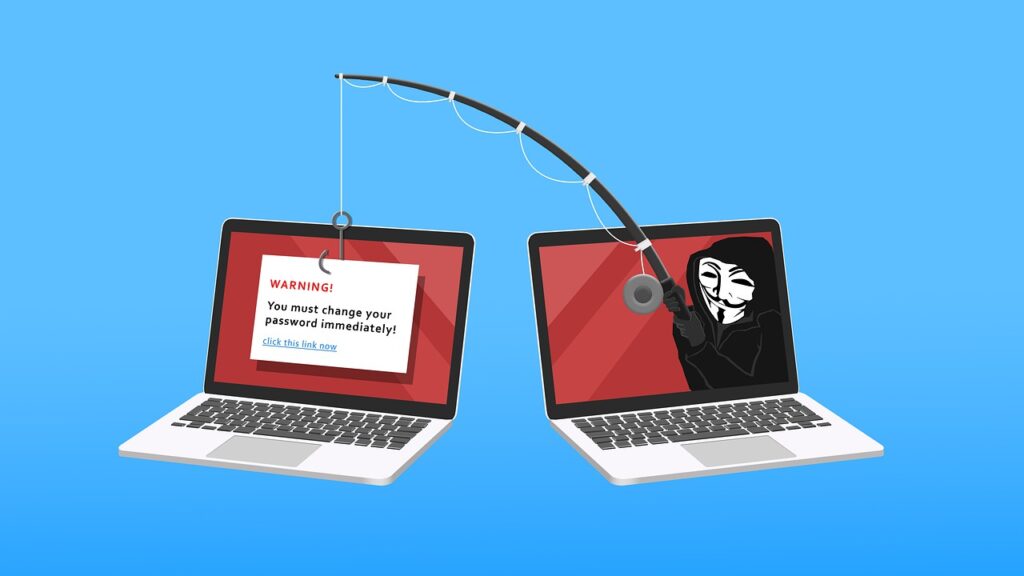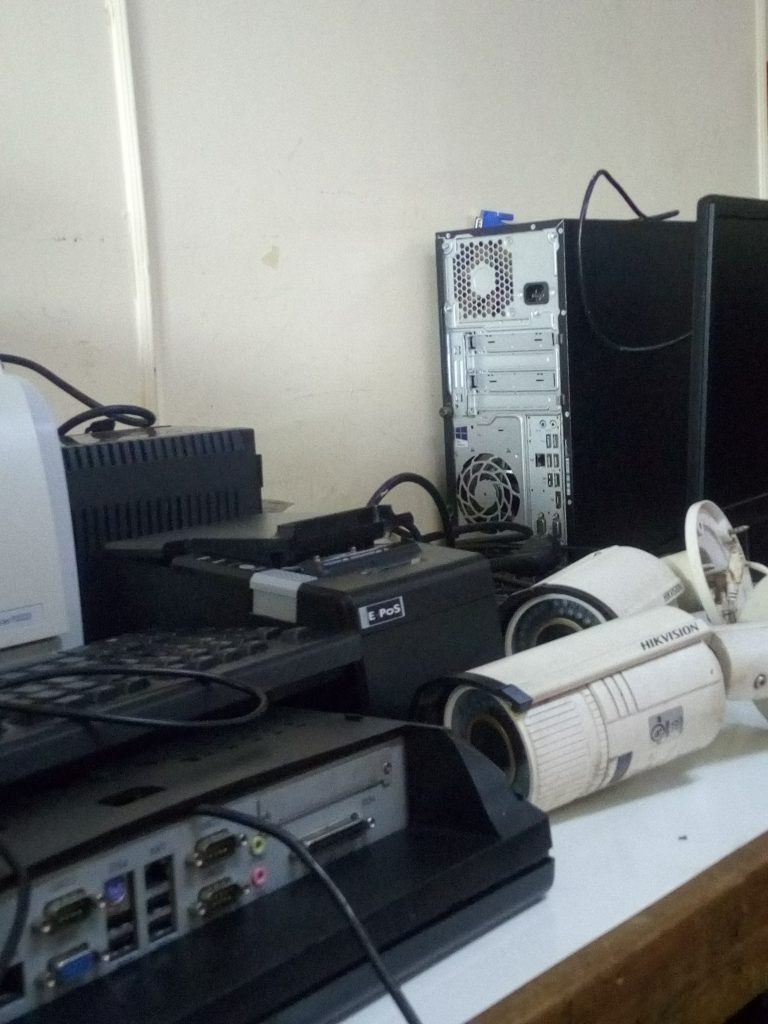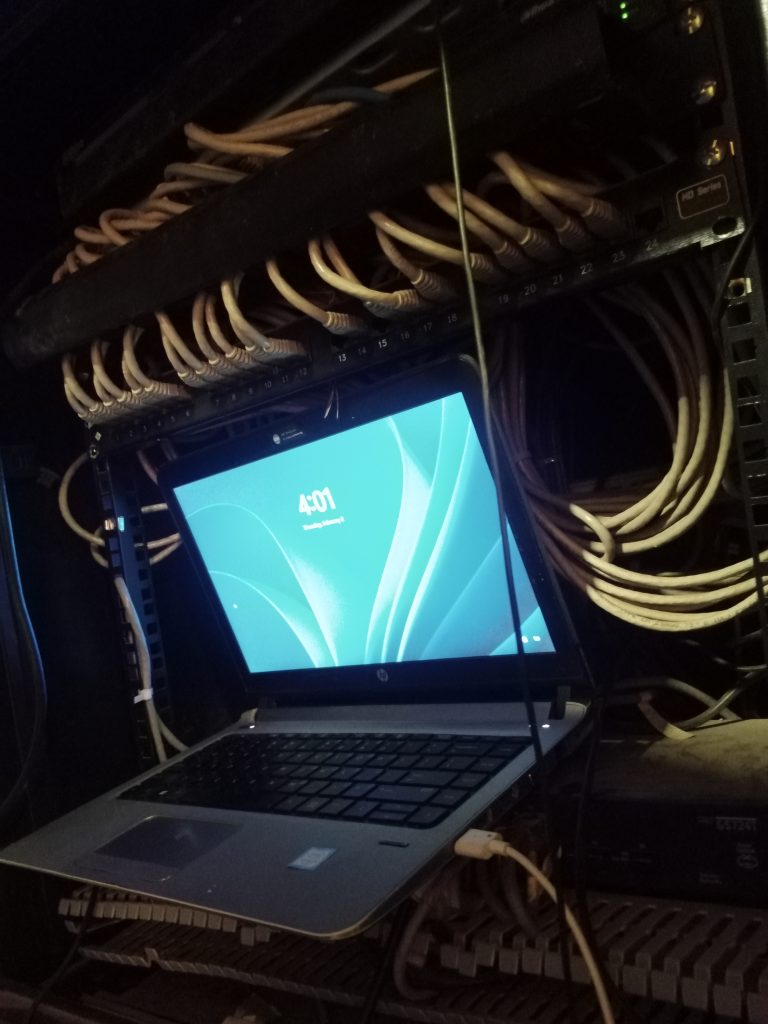In today’s digital age, cyber threats are a growing concern for businesses of all sizes and industries. The proliferation of technology and the increasing reliance on digital infrastructure have created new avenues for cybercriminals to exploit vulnerabilities and steal sensitive information.
The consequences of a successful cyber attack can be devastating for businesses. Data breaches can lead to the loss of confidential information, financial damage, reputational harm, and legal liabilities. The impact can be especially severe for small and medium-sized businesses, which may lack the resources and expertise to adequately protect themselves against cyber threats.
This is why cybersecurity is essential for all businesses, regardless of size or industry. Cybersecurity involves protecting the confidentiality, integrity, and availability of data and systems from unauthorized access, use, disclosure, disruption, modification, or destruction. It encompasses a range of practices, technologies, and policies that work together to mitigate the risk of a successful cyber attack.
10 Laws Of Cybersecurity Risk
Here are the laws of cybersecurity risk that can help guide organizations and individuals in their efforts to protect themselves from cyber threats.
Security success is ruining the attacker’s ROI
The cost and complexity of cybersecurity defenses are increasing, making it more difficult and expensive for attackers to launch successful attacks. As a result, cybercriminals are becoming more selective about their targets and focusing their efforts on organizations with weak security postures or low-hanging fruit. By investing in effective cybersecurity measures, organizations can reduce their risk of a successful cyber attack and deter attackers from targeting their networks.
However, it is important to remember that security is not a one-time effort. Cyber threats are constantly evolving, and attackers are always looking for new ways to exploit vulnerabilities in organizational defenses. Therefore, organizations must continue to invest in their cybersecurity defenses and stay up to date on the latest threats and best practices. This requires a commitment to ongoing training, education, and testing of security controls to ensure that they are effective and adaptive to changing conditions.
Not keeping up is falling behind
Cyber threats are constantly evolving, and organizations that fail to keep up with the latest threats and best practices are at risk of falling behind. This not only increases their risk of a successful cyber attack but also makes it more difficult and expensive to catch up later on.
To stay ahead of the curve, organizations must invest in continuous monitoring and threat intelligence to identify emerging threats and vulnerabilities. They must also stay up to date on the latest security technologies and practices and implement them as appropriate to protect their networks.
Attackers don’t care
Cybercriminals are are motivated by financial gain, political or social objectives, or simple malice. To protect against these threats, organizations must assume that they are always under attack and implement robust security controls to reduce their risk of a successful breach. This includes measures such as access controls, firewalls, intrusion detection and prevention systems, and incident response plans.
Prioritization is a survival skill
Organizations must prioritize their security efforts based on risk, impact, and available resources. This requires a thorough understanding of the organization’s assets, vulnerabilities, and threat landscape. It also requires a commitment to ongoing monitoring and testing of security controls to ensure that they are effective and adaptive to changing conditions.
Cybersecurity is a team sport
Effective cybersecurity requires a collaborative effort across the organization. This means involving everyone from the CEO to the front-line employees in the organization’s cybersecurity efforts. It also means working with external partners such as vendors, customers, and government agencies to share threat intelligence and best practices.
To build a culture of cybersecurity, organizations must provide training and education to all employees on the importance of security and how it can be integrated into their work processes. They must also provide clear policies and procedures that govern how data is handled and communicated across the organization. Finally, they must establish a clear chain of command and incident response plan to ensure that everyone knows what to do in the event of a security breach.
Your network isn’t as trustworthy as you think it is
Many organizations assume that their internal network is safe from external threats. However, the reality is that internal networks are often compromised by insider threats, either intentional or unintentional. Additionally, external threats such as phishing attacks or malware can easily penetrate internal networks if proper security controls are not in place.
To mitigate these risks, organizations must implement robust access controls and authentication mechanisms to ensure that only authorized users have access to sensitive data and systems. They must also monitor network traffic for signs of suspicious activity and implement network segmentation to limit the impact of a security breach.
Isolated networks aren’t automatically secure
Isolating critical systems and networks from the internet or other untrusted networks is a common security practice. However, this alone does not guarantee security. Internal threats such as rogue employees or infected devices can still compromise isolated networks if proper security controls are not in place.
To ensure the security of isolated networks, organizations must implement robust access controls and authentication mechanisms to ensure that only authorized users have access to sensitive data and systems. They must also monitor network traffic for signs of suspicious activity and implement network segmentation to limit the impact of a security breach.
Encryption alone isn’t a data protection solution
Encryption is an important tool for protecting sensitive data in transit or at rest. However, encryption alone is not a complete data protection solution. Attackers can still steal or manipulate encrypted data if they have access to the encryption keys or if there are vulnerabilities in the encryption implementation.
To ensure the security of encrypted data, organizations must implement robust access controls and authentication mechanisms to ensure that only authorized users have access to sensitive data and systems. They must also implement strong key management practices and regularly test their encryption implementations for vulnerabilities.
Technology doesn’t solve people and process problems
While technology is an important component of cybersecurity, it cannot solve all security problems. Many security breaches are caused by human error or process failures, such as poor password hygiene, unpatched software, or lack of security training.














